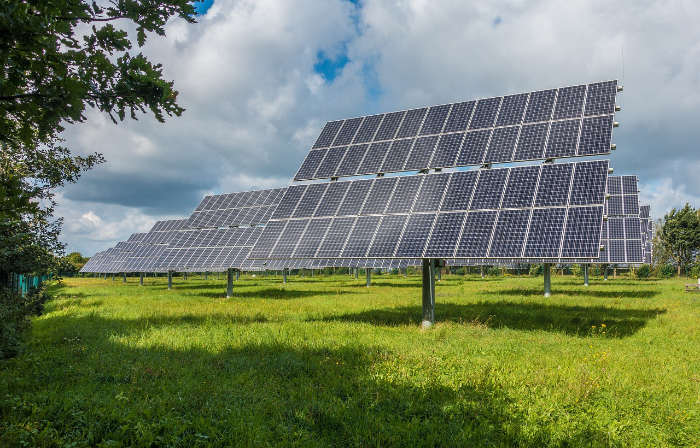Coal Belt States 2025
Coal Production
State | Coal Production 2021↓ | Coal Belt | |
|---|---|---|---|
| Wyoming | 238.8M | ||
| West Virginia | 78.5M | Yes | |
| Pennsylvania | 42.5M | Some sources | |
| Illinois | 36.6M | ||
| Montana | 28.6M | ||
| North Dakota | 26.5M | ||
| Kentucky | 26.4M | Yes | |
| Indiana | 19.5M | ||
| Texas | 17.3M | ||
| Utah | 12.4M | ||
| Colorado | 11.9M | ||
| Virginia | 10.7M | Yes | |
| Alabama | 9.3M | Some sources | |
| New Mexico | 9.3M | ||
| Mississippi | 3.2M | ||
| Ohio | 2.8M | Some sources | |
| Maryland | 1.3M | Some sources | |
| Alaska | 1M | ||
| Louisiana | 300.1K | ||
| Missouri | 44.2K | ||
| Oklahoma | 505 | ||
| Tennessee | 0 | Yes | |
| United States | 576.8M |
- The US coal belt is generally considered to include some or all of the coal-producing states in the Appalacian region. However, which particular states make up the coal belt may vary by source.
- As the data illustrates, a state’s inclusion in the historic coal belt is not necessarily dependent upon current coal production.
Who Is the Largest Producer of Coal in the World?
Even though there is a lot of pressure for countries to transition to sustainable energy, coal remains one of the most popular energy sources. It has been popular since the time of the Industrial Revolution, and there are lots of countries that still rely on it. The biggest producer of coal in the world is China. In contrast, Australia is the biggest exporter of coal, as Europe has been gradually moving away from coal over the years. On the other hand, some people might be surprised to hear that the United States actually has the largest deposit of black coal reserves in the world. It has been estimated that the United States has more than 250 billion tons of black coal available for use. That makes the United States one of the biggest producers of coal in the world.
Where Is the Coal Belt?
Coal is scattered across the country in different locations. Therefore, it is difficult to figure out which states are actually a part of the coal belt. The two areas of the country that have the most coal include the Allegheny Mountains and the Appalachian Mountains. In these areas, coal is a significant part of the economy, and as the world has tried to move toward more sustainable resources, the coal industry has taken a hit.
What Are the Coal Belt States?
There are several states that play a significant role in the coal industry. For example, Pennsylvania is arguably the biggest producer of coal in the country. It has the largest deposit of anthracite coal in the world, and coal is one of the most important industries in Pennsylvania. West Virginia is also synonymous with the coal industry. West Virginia has lobbied for coal miners for many years, and it remains an important topic of discussion in the local government. Some of the other states that are inextricably tied to the coal industry include Kentucky, Illinois, Colorado, and Wyoming. Even though there is a lot of pressure to move away from coal, these states are still heavily reliant on the money that comes from this industry.
What Energy Sources Are Going To Replace Coal?
During the next few decades, it is highly likely that coal is going to be displaced by other sources of energy. Because there is pressure ramping up to invest in clean sources of energy, coal is starting to fall by the wayside. For example, wind power is becoming more popular. Many areas are starting to deploy wind turbines in an effort to harness more energy. Water power is also going to become more popular, as many states are damming up rivers and lakes in an effort to generate more power. Finally, solar energy is also going to become more popular. With many parts of the country deploying solar panels for commercial and residential purposes, solar power could displace coal power in the near future, which would be significantly better for the environment.



















